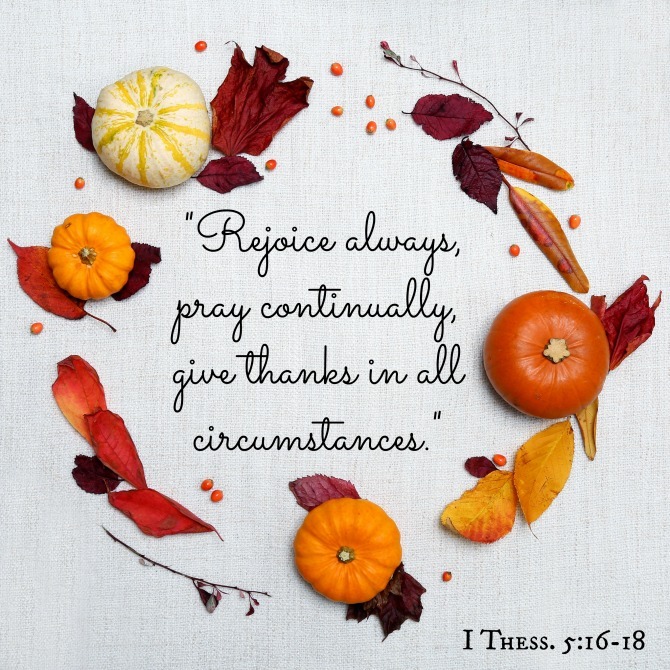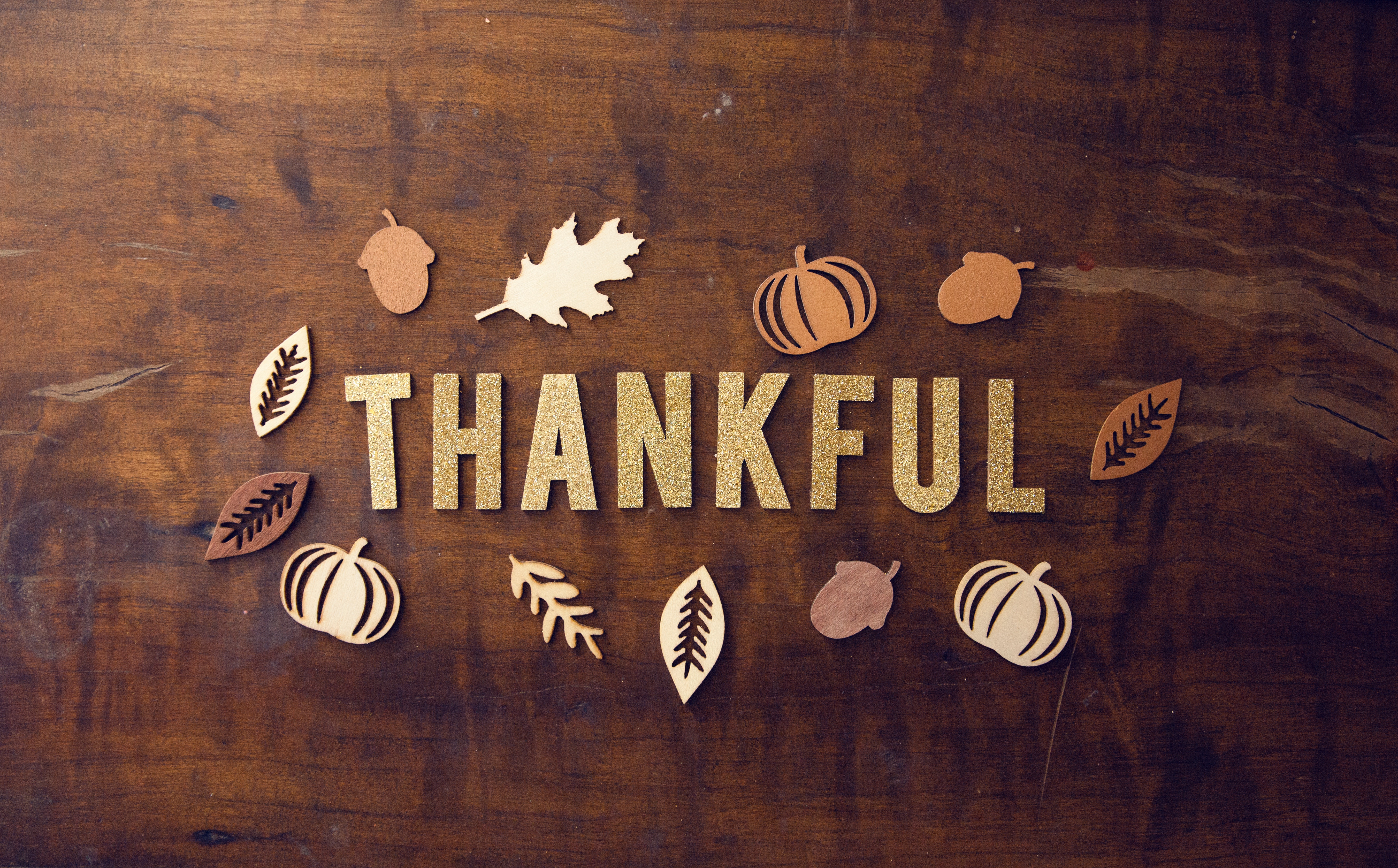{{Taking a break today from my Gift Guide Extravaganza for some seasonal reflection. Gift Guide posting will resume on Black Friday!}}
It’s that wonderful time of year when gratitude is in the air. Saying “thank you” is promoted from Casual Nicety to the Main Event, and we work to cultivate an “attitude of gratitude” like a competitive eater training for the Food Olympics. Thanksgiving is Game Day, and we are bound and determined to present our best selves as we (humbly) display our Grateful Spirits for all to see.
There is nothing wrong with seeking to develop an attitude of thanksgiving. Being thankful is a pivotal aspect of a vibrant relationship with God, and gratitude has been shown to have numerous physical and emotional benefits. But being thankful should be something we do more than on a single day each year, and it needs to involve more than just attitude and posturing; true gratitude involves diligent practice.

In Brené Brown’s book The Gifts of Imperfection—in which she lists “cultivating joy and gratitude” as one of the ten guideposts to wholehearted living—Brown distinguishes between the attitude and practice of gratitude: “For years, I subscribed to the notion of an ‘attitude of gratitude.’ I’ve since learned that an attitude is an orientation or a way of thinking and that ‘having an attitude’ doesn’t always translate to a behavior.” Brown goes on to compare this posturing to having a “yoga attitude”: she believes that yoga is good for her; she values mindfulness, breathing, and the mind-body connection of yoga; and she even has many yoga outfits; but that doesn’t mean she is regularly in the yoga studio or even knows any poses. In the same way, many of us believe in gratitude without actually living it out in our daily lives. Practicing gratitude can take different forms but it always looks like expressing specific gratitude on a regular basis.
In my Women’s Bible Study this fall, we studied the book of Acts, and one of my key takeaways from the semester was that people within the early Church—particularly the Apostle Paul—were truly people who lived out their gratitude. Paul’s road was not an easy one. He committed his life to teaching the Gospel, and it led to horrible persecution and suffering. Paul was beaten within inches of his life, shipwrecked numerous times, imprisoned and starved, and viciously slandered by people he was trying to help. Yet Paul continued to trust God and he persevered in giving thanks—not just in spite of his circumstances, but for them.
I have many defects in character (just ask my husband), but a failure to give thanks generally isn’t one of them. I don’t have a hard time noticing the good gifts around me, and I routinely express thanks to my benefactors—those here on earth, and also to God. Giving thanks is a core component of my prayer life, and of the four key elements of prayer (adoration, confession, thanksgiving, and supplication), thanksgiving is the one that comes most easily to me. But in studying Paul, I realized that my thanksgiving practice looks nothing like his. I readily give thanks for the good things, but I fail to thank God for the hardships and challenges.

Last Thanksgiving I shared an unconventional gratitude list of burdens that I had turned into blessings. For example, I can be thankful for bad weather because it enhances my appreciation for warm, sunny weather; I am thankful for household chores that only exist because I have a comfortable home in which to live. I consider these “Silver Lining blessings”—giving thanks for the good that stems from the bad. This is a step in the right direction, but I believe God has called us to do more. We are to give thanks, not just in the midst of hardship, or for the good that can come from the hardship, but for the very trials themselves.
Like so much of my faith, this is easier said than done. It requires that I let go of my comfort and my expectations. It mandates that I relinquish my need to retrospectively see the pieces of my life’s puzzle so that I can finally recognize God’s hand in the details of the why and the how. It means that even when the outcome is destined to be grim, and I will not see any silver linings this side of Heaven, I still give thanks. Through the pain, through the tears, through the darkness—because I know that God is with me, He is for me, and He has called me to trust Him with my grateful heart.
This Thanksgiving, let’s move beyond a theoretical attitude of gratitude and embark on a journey of living out thanksgiving in our everyday lives. And, while we will continue to thank God for His most obvious blessings, let’s follow the model of Paul of stepping out in faith to thank God for the hard things, too.

Wishing you and yours a wonderful, gratitude-filled Thanksgiving!
[…] weeks now, but I have a hard time feeling Christmassy until after Thanksgiving. Now that I’ve spent the appropriate amount of time giving thanks, I’m ready to break out the Christmas tunes and start making a dent in my shopping list. […]